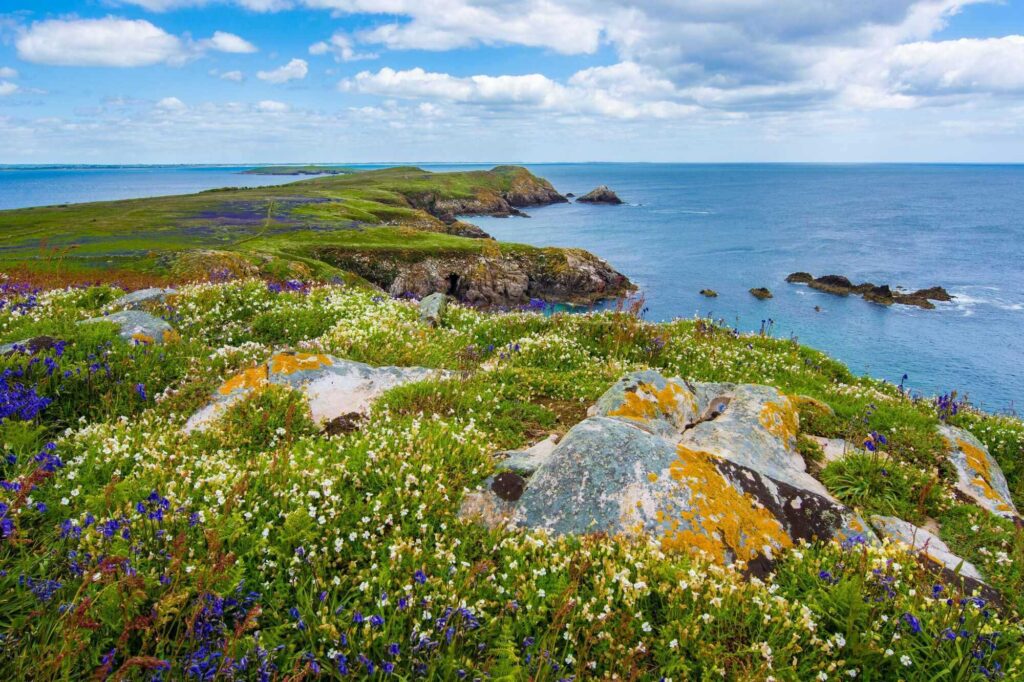Sustainable eco-tourism is regenerative and restorative to the planet, not just your state of mind
The pristine nature that often attracts us to our favorite vacation spots also beckons us to be more responsible when we visit. Tourism places significant environmental pressure on many of the places we visit, and represents 8% of the globe’s carbon emissions, according to Sustainable Travel International. That’s why the concept of ecotourism—at its most basic, a promise to respect the land and leave it the same or better for the next visitor—is so resonant, and important.
There are many definitions and origins for the idea. Megan Eplar Wood, who founded Harvard’s International Sustainable Tourism Initiative, says it’s travel that makes a positive impact on both the ecology and economy of a given destination. Mexican architect and environmentalist Héctor Ceballos-Lascuráin helped coin the phrase back in the ’70s, before publishing pioneering guides on more sensitive, sustainable travel. And not surprisingly, some of the first examples of this ethos at play come from California, where the Sierra Club’s Outing program, launched in 1901, took hikers through the backcountry in such a way “that those persons could become active workers for the preservation of the forests.”
We say, if it makes you participate more fully in the world around you and aware of the impact we have on one another and the planet, that’s good enough for us.
Here are some contemporary examples of off-beat ecotourism opportunities in California, both with and without backcountry treks. Reaching them with more sustainable flights via Surf Air takes even more pressure off the crowded tourist landscape.













